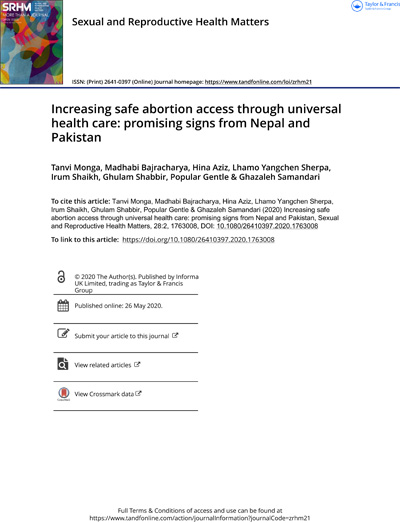 Universal health coverage (UHC) has been identified as a means of addressing health inequalities to achieve the 2030 Sustainable Development Goals (SDGs).1 As defined by the World Health Organization (WHO), UHC means that all individuals and communities receive the health services they need without suffering financial hardship. It includes the full spectrum of essential, quality health services – from health promotion to prevention, treatment, rehabilitation, and palliative care.
Universal health coverage (UHC) has been identified as a means of addressing health inequalities to achieve the 2030 Sustainable Development Goals (SDGs).1 As defined by the World Health Organization (WHO), UHC means that all individuals and communities receive the health services they need without suffering financial hardship. It includes the full spectrum of essential, quality health services – from health promotion to prevention, treatment, rehabilitation, and palliative care.
UHC is essential to reducing poverty, and improving educational and economic disparity, gender inequality, and inequitable access to health care, and the World Health Organization (WHO) cites UHC as one of three strategic priorities for providing health and well-being to populations. To date, over 100 nations have made strides to implement aspects of UHC in their health systems, yet disparities in access persist, particularly for women and girls.
Sexual and reproductive health and rights (SRHR) are critical to meeting the health care needs of women and girls and upholding the principles of UHC. Recognising this, the WHO pledged to ensure universal access to SRHR and integrate these services into national strategies and programmes as part of the SDGs.4 The WHO tracks family planning access as one of 16 signal functions of UHC service provision at the country level, but abortion access is not tracked. Every year, women and girls around the world undergo 56 million abortions, nearly half of which are unsafe, leading to almost 23,000 annual maternal deaths and accounting for 5–13% of all maternal deaths.5 Full embodiment of the principles of UHC can only be achieved if safe abortion care (SAC) is explicitly integrated into UHC programming.

